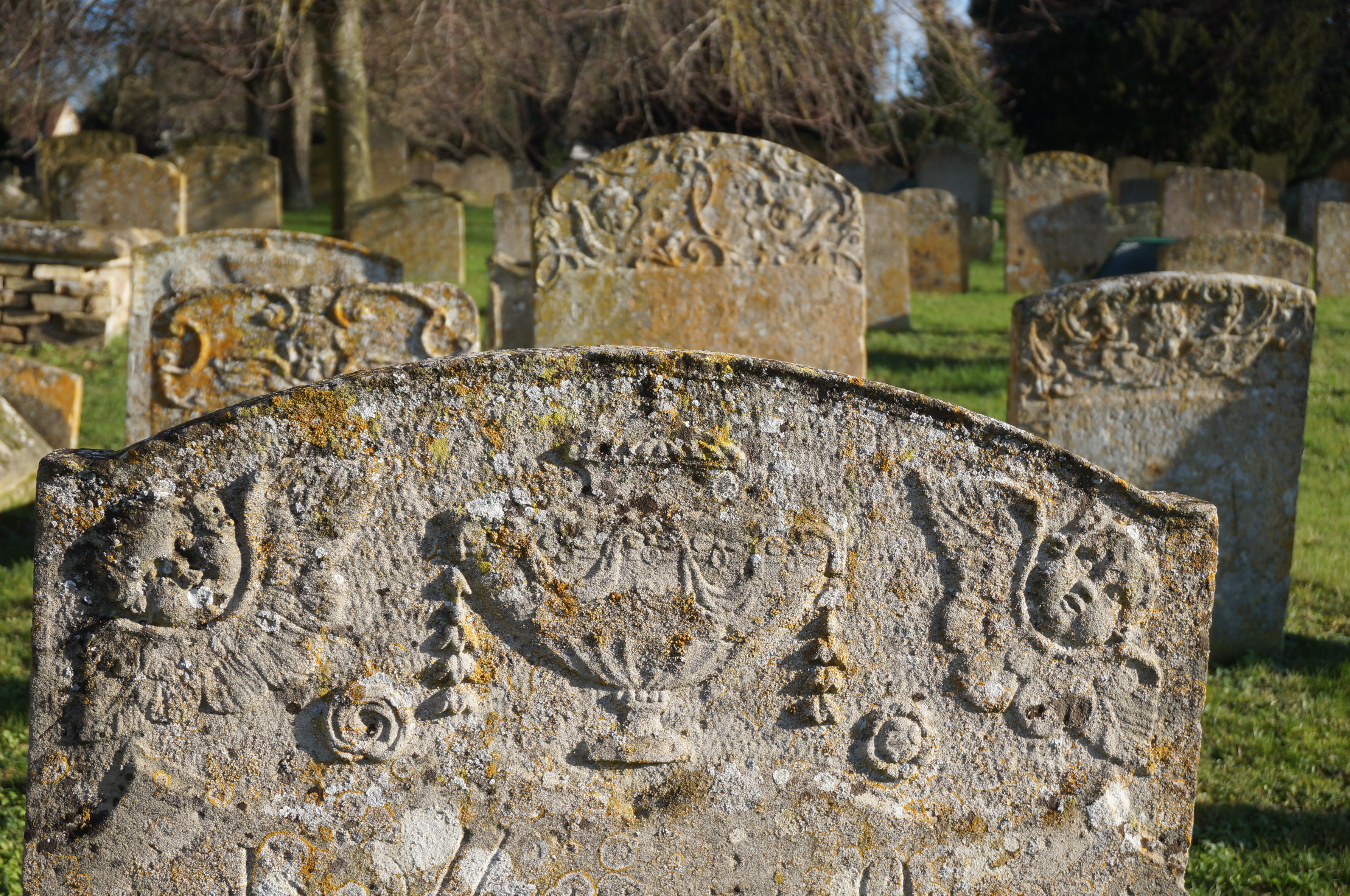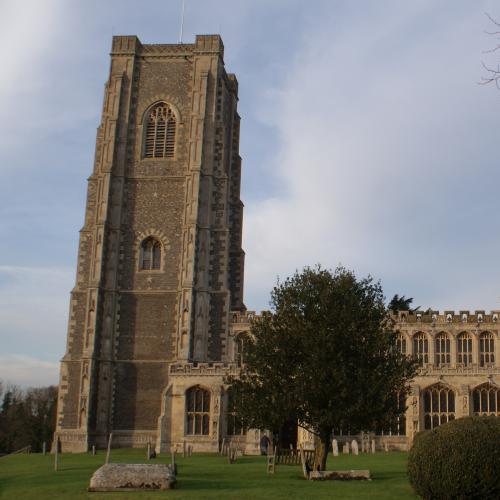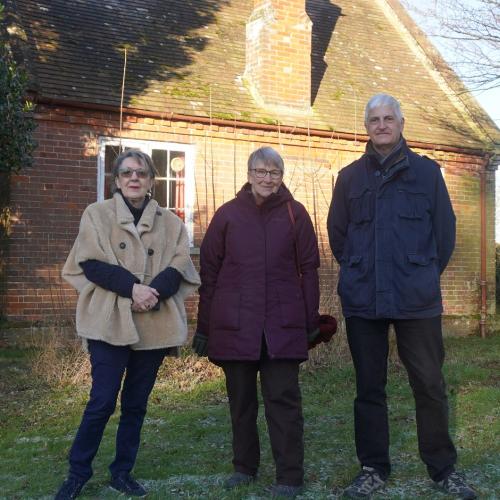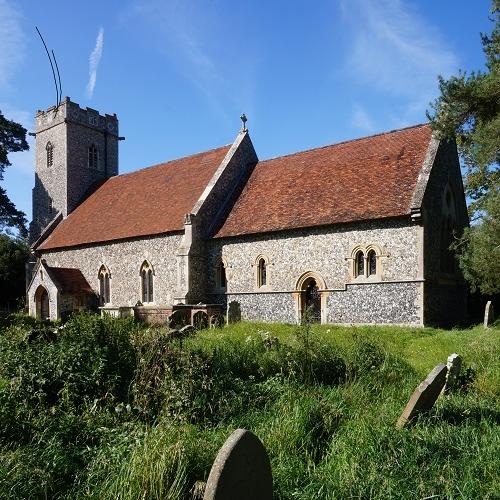 One of the most important functions of any church is to bear witness to the lives of the people who have made up its community. They are laid to rest in the churchyard with a memorial to mark the interment, and their life may also be recorded inside the church building by a tablet or inscription. That remains a central part of the mission of any parish and you can find guidance on this page on the most common forms of commemorating the deceased.
One of the most important functions of any church is to bear witness to the lives of the people who have made up its community. They are laid to rest in the churchyard with a memorial to mark the interment, and their life may also be recorded inside the church building by a tablet or inscription. That remains a central part of the mission of any parish and you can find guidance on this page on the most common forms of commemorating the deceased.
Permission to erect a monument in a churchyard
The parish can grant permission for a grave marker provided that it conforms to the specified measurements, design and other criteria set down in the Churchyard Regulations, which are issued by the Chancellor and are available to download here:
Churchyard regulations | PDF
Please note that if you wish to erect a monument that falls outside the specifications, you will need to apply to the Registry for special permission. You’ll need to provide details of the proposed monument, including the inscription, you’ll aneed to explain why you want an exception to be made and you’ll also need to provide evidence that you have consulted the PCC.
Sometimes the bereaved also wish to commemorate the deceased with a plaque inside the church. That’s possible, but a special procedure applies and there are criteria for eligibility. You can find detailed guidance on that here:
Commemorative Plaque regulations | PDF
Benches
If you’d like to introduce a bench into a churchyard to commemorate a departed loved one, you can obtain permission for that under List B. Download this document to find out the information we’ll need to know to process your application.
Reserving a plot
If you wish to reserve a grave or ashes plot please download and complete these forms, and then apply directly to the Registry.
Grave Space Letter | PDF
Grave Space Reservation Form | DOCX
Please note: a processing fee applies.
Creating a Garden of Remembrance for interring ashes
If you would like to create these in your churchyard, you can find guidance below:
Creating a garden of remembrance | PDF
Closed Churchyards
Some churchyards in the Diocese have been closed for burials and the local council is responsible for care and maintenance. Closed churchyards are still subject to the faculty jurisdiction. Though the Council may look after the maintenance, it remains church property and you still have the final say over what does and doesn’t happen in the churchyard.
Redundant churches
There are a number of redundant churches in the Diocese. Although they are no longer used for regular worship, the churchyard may still be open and used for burials. When the church closed, a legal document called a Pastoral Measure would have been produced to explain who was now going to be responsible for its oversight and maintenance.


